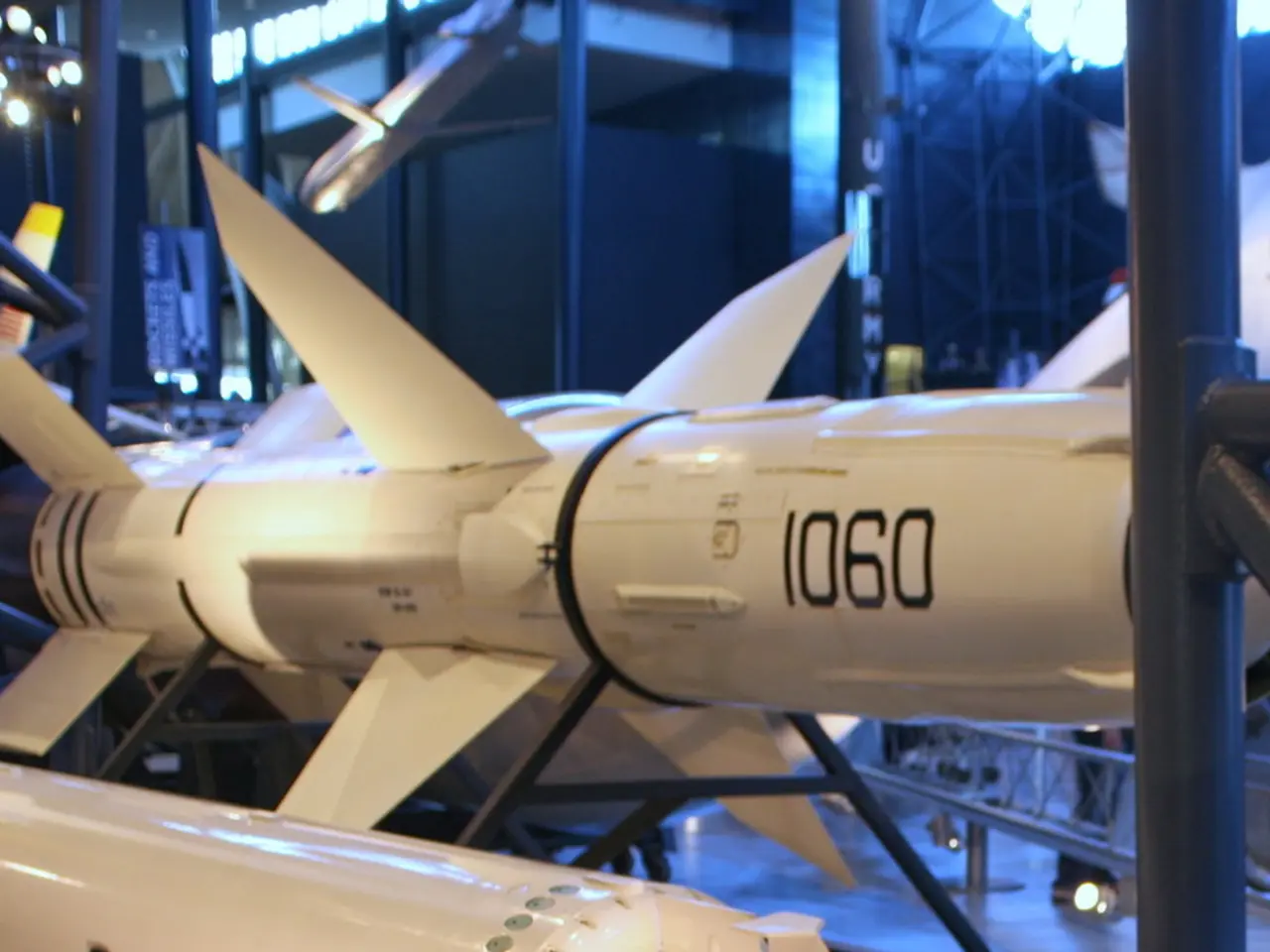NASA and DARPA Partnering on a Nuclear-Propelled Spacecraft for Swift Journeys to Mars
NASA and DARPA are collaborating on a groundbreaking project, named DRACO (Demonstration Rocket for Agile Cislunar Operations), to develop a nuclear thermal rocket engine. The aim is to reduce travel time to Mars and other deep space targets, with testing set to conclude by the late 2020s.
The nuclear thermal engine, a marvel of modern technology, generates high temperatures from a fission reactor to heat a liquid propellant. This propellant expands and is ejected through a nozzle to propel the spacecraft, offering a potential three times more efficiency than traditional chemical propulsion.
NASA will lead the technical development of the nuclear thermal engine, while DARPA will focus on the maneuverability of the spacecraft in the space environment, as emphasised by Stefanie Tompkins, DARPA's director.
The collaboration's timeline includes an in-space test as early as 2027, allowing for fine-tuning the rocket technology before the planned, crewed mission to Mars in the late 2030s.
Interestingly, this isn't the first time nuclear thermal engines have been tested in the U.S. However, it has been more than 50 years since the last such tests were conducted.
In a separate incident, a SpaceX Falcon 9 Rocket was reportedly responsible for a Freaky Spiral over Hawaii. While this fact is not directly related to the DRACO project, it serves as a testament to the dynamic world of space exploration.
One of the key benefits of the DRACO project is the reduction in travel time to Mars and other deep space targets. This reduction can free up space for additional scientific payloads and more efficient communications equipment. Faster trips are also safer for astronauts, as they spend less time being exposed to cosmic radiation while moving through space.
NASA and DARPA will collaborate on combining the rocket with the spacecraft ahead of its demonstration in space. The successful completion of the DRACO project could revolutionise space travel, making journeys to Mars and beyond more efficient and safer.
Read also:
- Peptide YY (PYY): Exploring its Role in Appetite Suppression, Intestinal Health, and Cognitive Links
- Toddler Health: Rotavirus Signs, Origins, and Potential Complications
- Digestive issues and heart discomfort: Root causes and associated health conditions
- House Infernos: Deadly Hazards Surpassing the Flames








